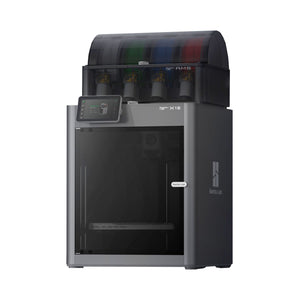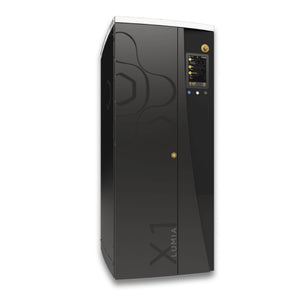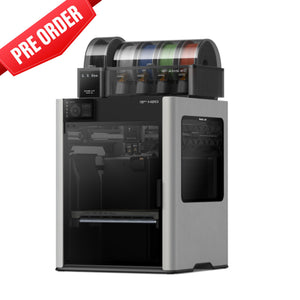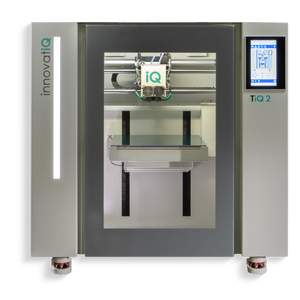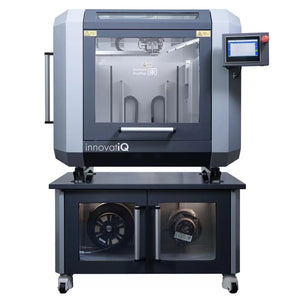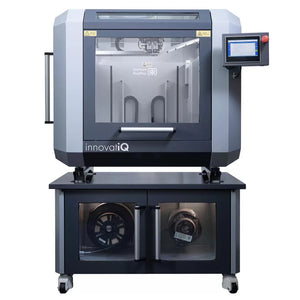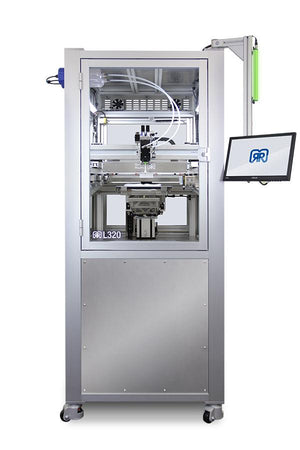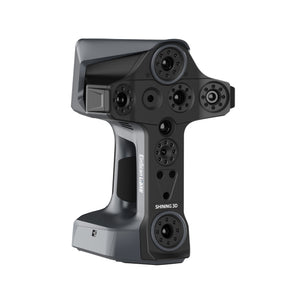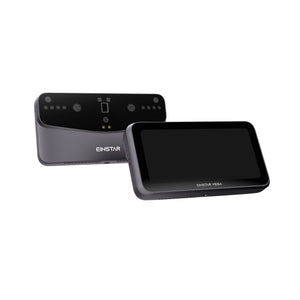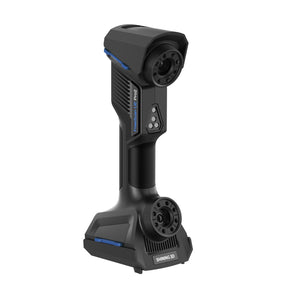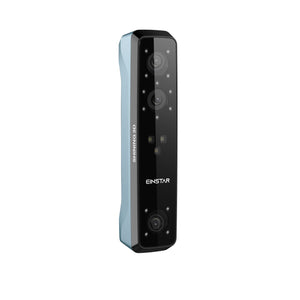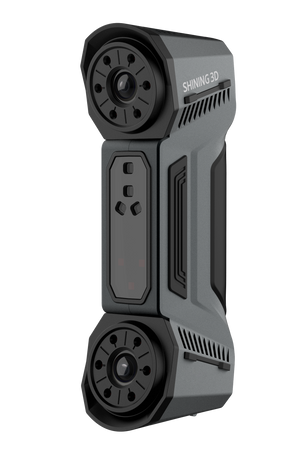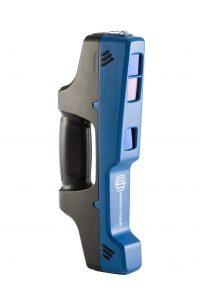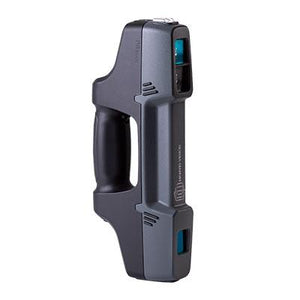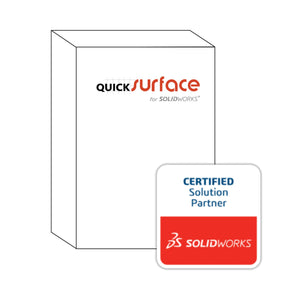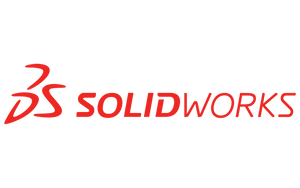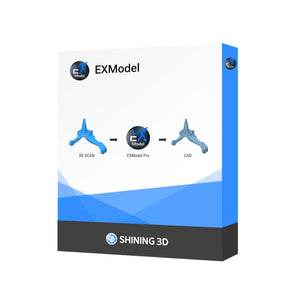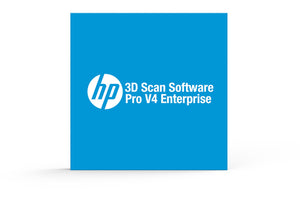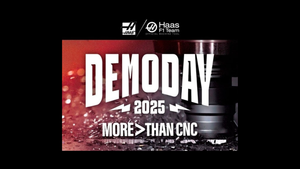Jun 08, 2022
Streamlining your Inventory to Save Money
Managing your inventory is often a tricky balance of having too much in stock and not having enough. Let’s consider how your manufacturing line or industrial enterprise could be affected by a mismanaged inventory and how advanced manufacturing will solve all these problems.
In both business cases, a majority of the inventory you’re stocking is likely related to the parts and tools of the machines you need to keep the line running and production on schedule.
Two Sides of the Same Coin
Too Much vs. Too Little: either way, it’s a miscalculation you can avoid.
Too Much
Did you overstock your warehouse because you needed to order a significant quantity to fulfill a minimum quantity from the supplier or just to benefit from ordering bulk quantities to realize some financial savings? How long did it take for your facility to use all the parts ordered? Where did they live in the meantime? Will you be able to use them before they become obsolete? Do you need to maintain a larger warehouse footprint just to keep your inventory overstocked? Are you saving money on restocking fees only to spend it on square footage?
Too Little
Did you understock because you order at an irregular rate and can’t predict when certain parts will need replacing? Was it because you’re running razor thin margins and need to manage cash flow tightly? Do you find yourself constantly battling shipping costs and travel times? Have you run into supply shortages where you simply cannot order your part due to current events outside of your control?
Early estimates from the Ever Given Suez Canal cargo backup in 2021 suspect that up to 10% of shipping was delayed at a cost of $9 billion USD. Just take a look at the day by day reckoning of the stoppage.
So how can you leverage advanced manufacturing to break this feast or famine cycle?
The Dream Scenario: Print on Demand
Imagine that it’s a Wednesday in February, and one of your production lines just went down because a component on a critical machine wore out. Your technician grabs the last replacement part left in your warehouse and gets production back online. After business gets back on track, that same team member goes to the inventory center and queues up two copies of that part to 3D print for the next print cycle. Within 48 hours, your inventory is fully restocked. You never had to unload a palette from the loading dock or send a P.O. to a supplier – because you are your own supplier!
Become Your Own Supplier
“Ok”, you think, “cool, but I don’t have the right people in place to even run such an operation – we don’t know CAD or 3D printing or post-processing!”
That’s OK – 3DChimera can help you out with each of those! Let’s knock down those bowling pins together….
“We don’t know CAD”
3DChimera knows CAD. To get that dreamy semi-automated inventory management system running, you’ll first need to have 3D digital files of all the components you want to print on demand. We can work with your team to reverse engineer your files. We can 3D scan and correct part designs that come to us – even used or broken pieces. We also can scan a brand-new piece and validate that it will print according to specs.
We will work with you to create a digital library for your inventory stock and can manage updates remotely.
“We don’t know 3D Printing”
3D printers get easier to use and adopt each year – and there is likely a machine that works perfect for your needs. There is no real “one size fits all” machine but there is definitely a “one size that fits you”. Our team will identify which machine works best for your business. We don’t stop at just picking out the right machine though. We work with you to get the most out of the end use products and train your team onsite to be able to manage everyday use of the machines.
We will come out twice a year to make sure that all the parts on the printer are maintained and in good working order, update any training protocols, and keep you running on schedule.
If you're wondering what adding a single 3D printer to your operation could provide, here's an example based on a part on which 3DChimera ran throughput testing. We identified the ideal printer and optimized the packing density. 3DChimera chose an SLS Sintratec S2 because it's the ideal machine for small parts that can be densely nested within the print cylinder



You can see just the magnitude of how much space you can save on your inventory by running a single Sintratec S2 Starter Cell every work day for a single piece. Now begin thinking about adding additional capacity via extra machines, or running different optimized print jobs and the scale becomes extraordinary!
“We don’t know Post-Processing”
A lot of this comes down to the fundamentals of design for advanced manufacturing (DfAM). If the part is designed well and uses the correct material for the application, we can reduce (or eliminate!) the post-processing activities. There will be differences between SLS and FFF/FDM post-processing based on the printing technology, but part of that will come down to the correct fit for your use cases and team. If you have folks on the team who can handle activities no more complex than washing, sweeping, sanding, or drilling, you’re in great shape.
Now that we’ve addressed those concerns – what else do you want to know about becoming your own supplier with advanced manufacturing?
3DChimera has been helping inventory, entrepreneurs, startups and Fortune 500 companies for nearly a decade. Learn more about our 3D scanning and 3D printing consulting services.
Read More on Reducing Inventory Stock
Here are a couple stories we’ve shared before about considering advanced manufacturing in planning your inventory practices:


